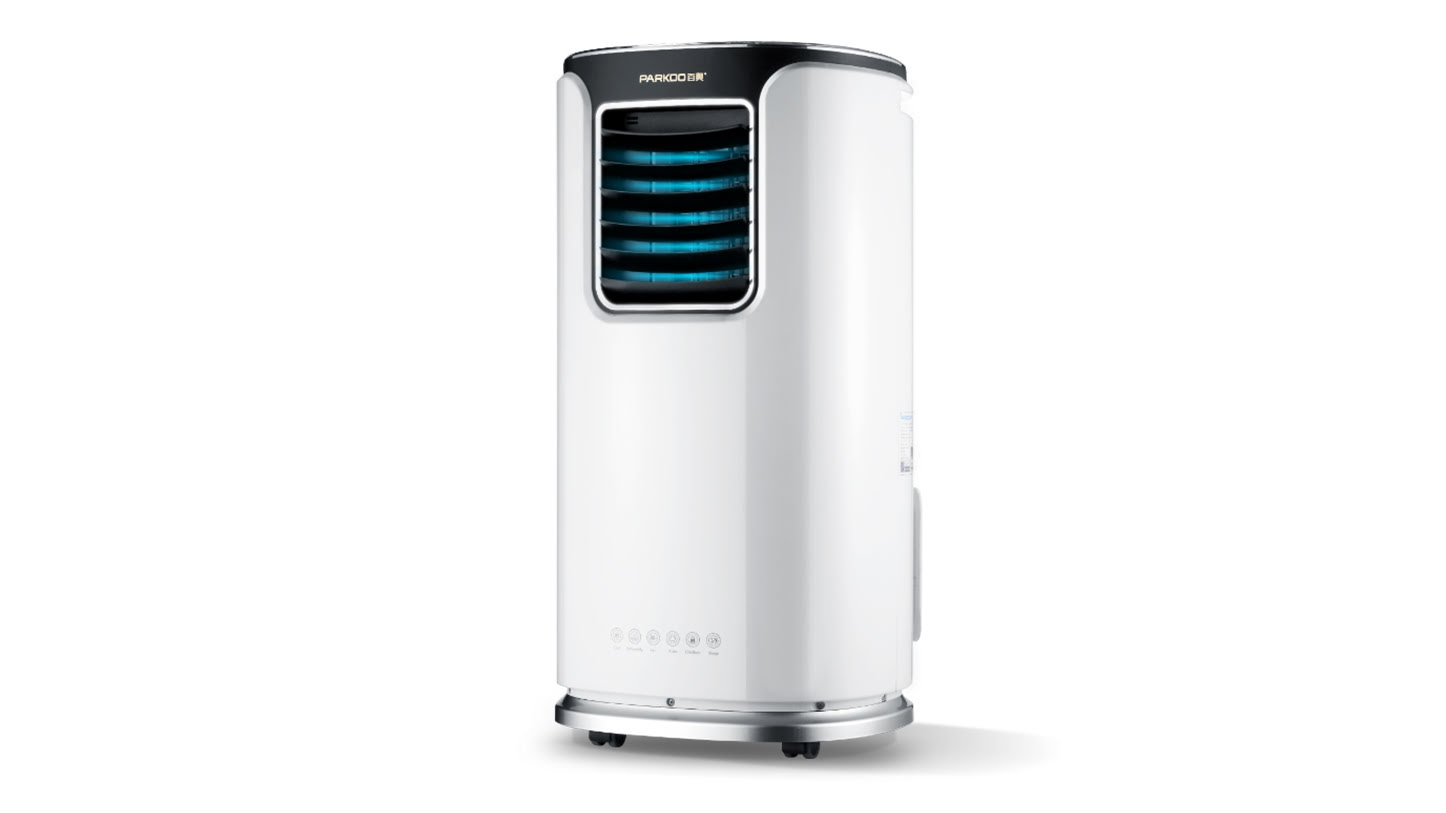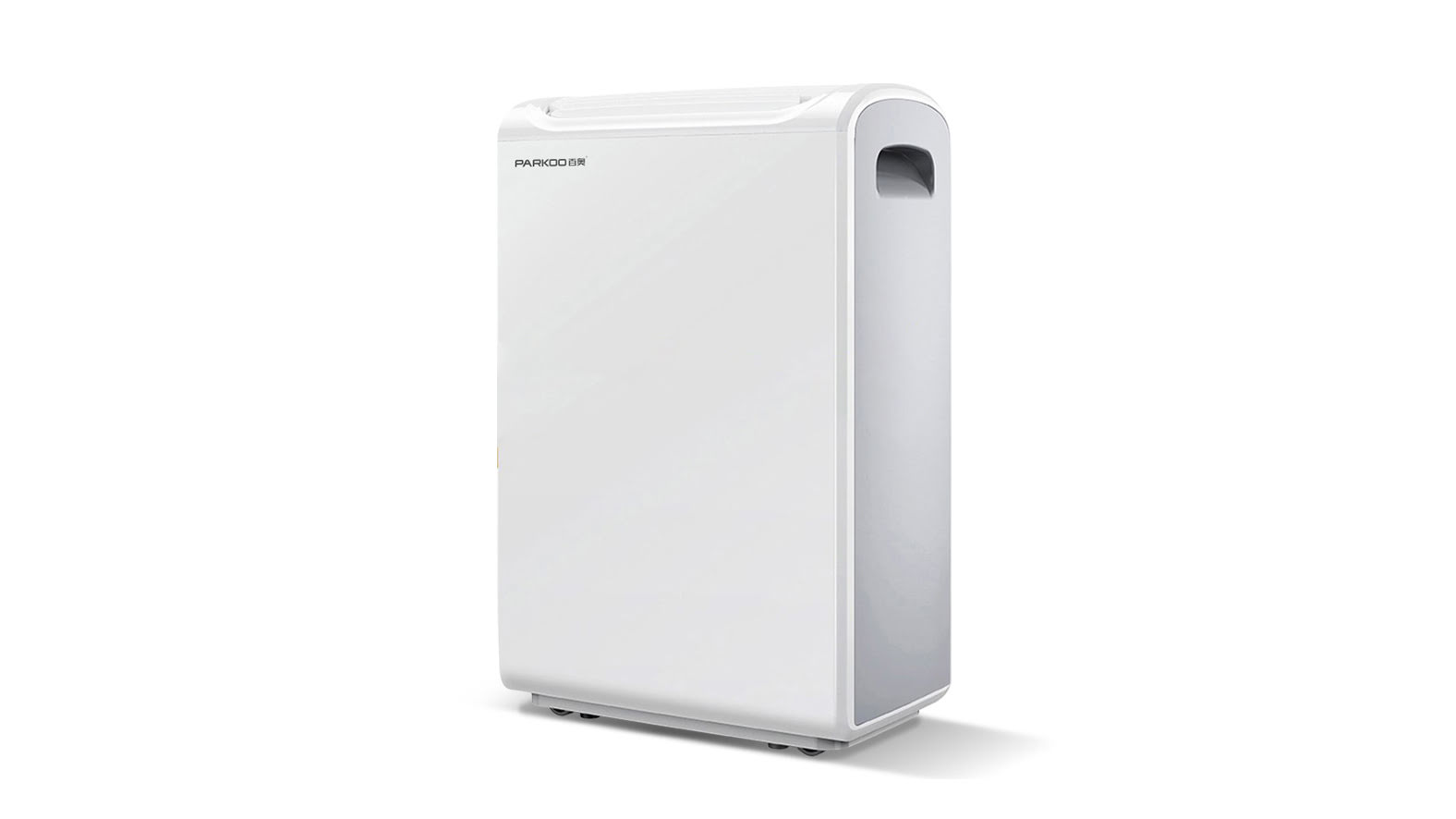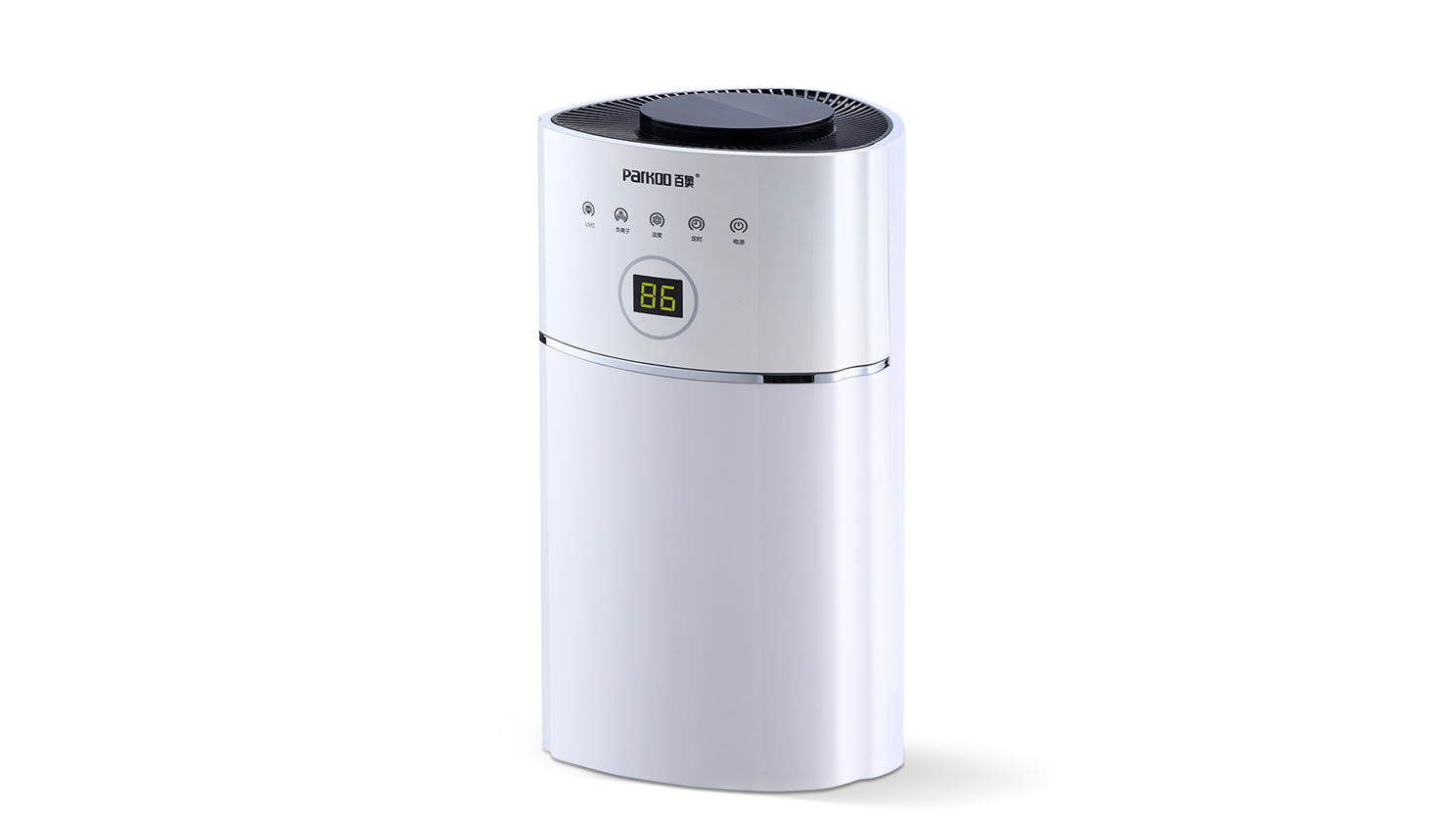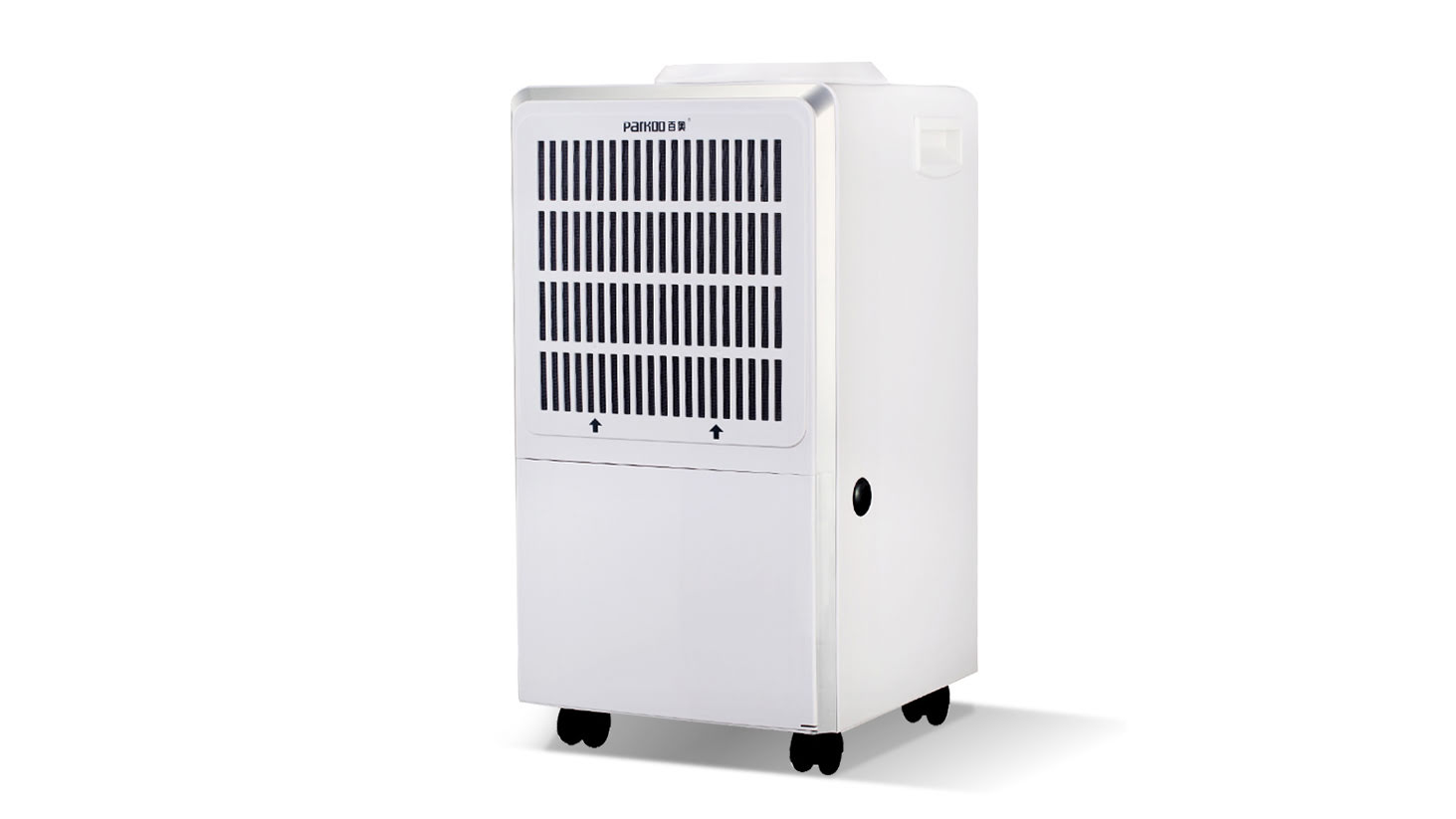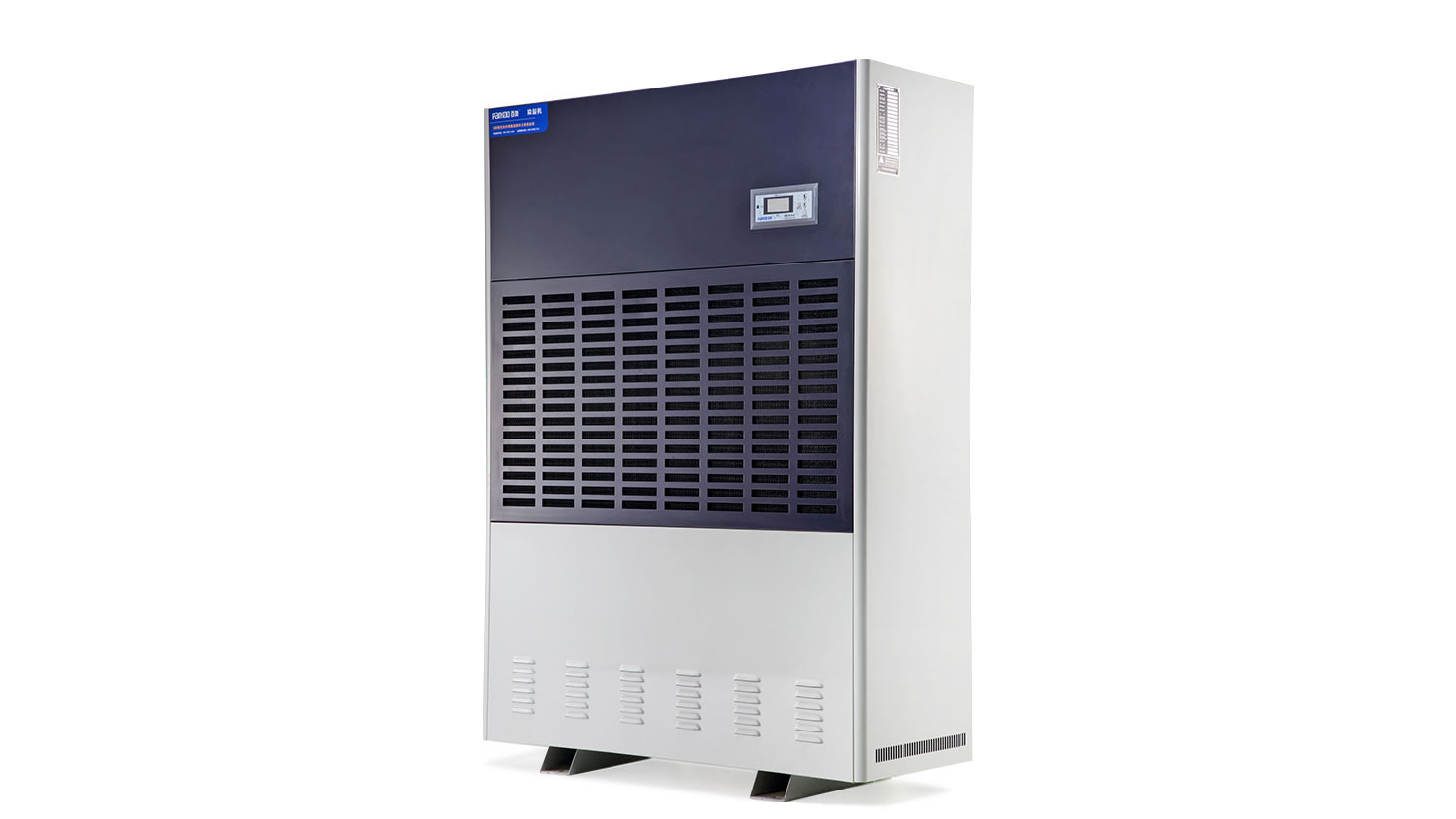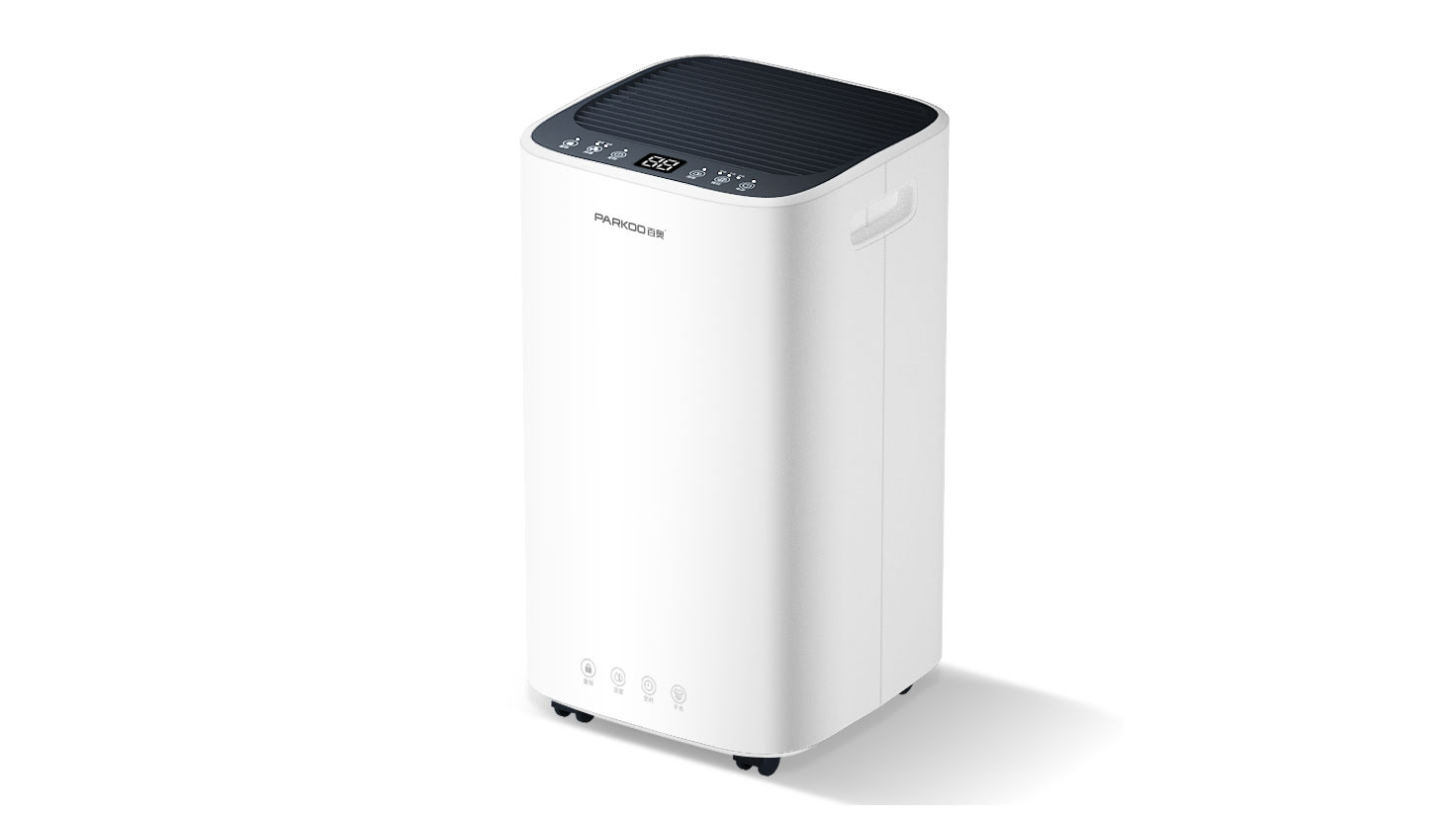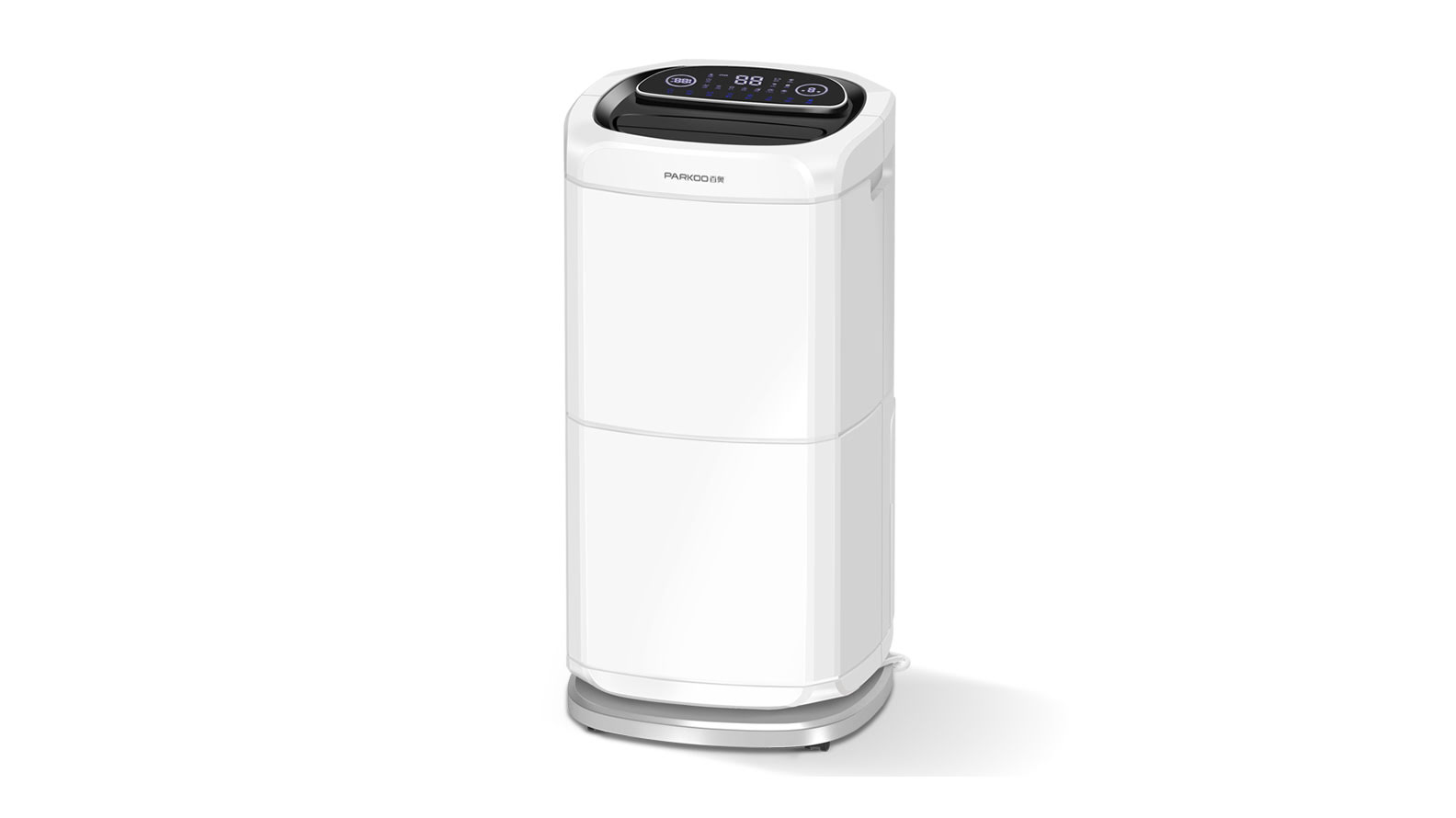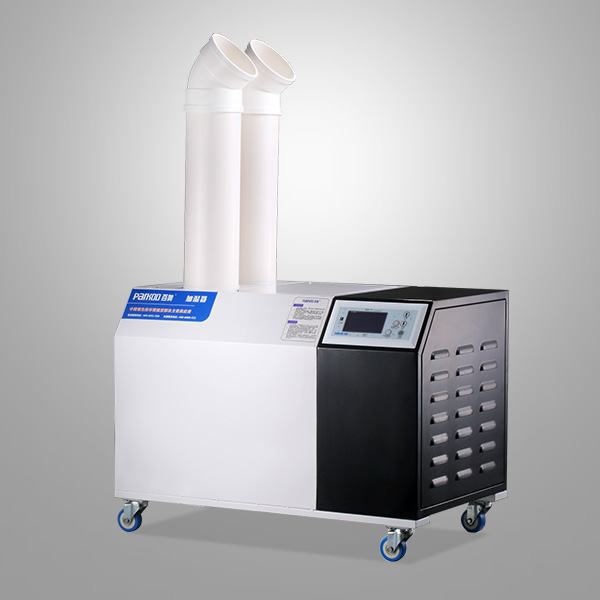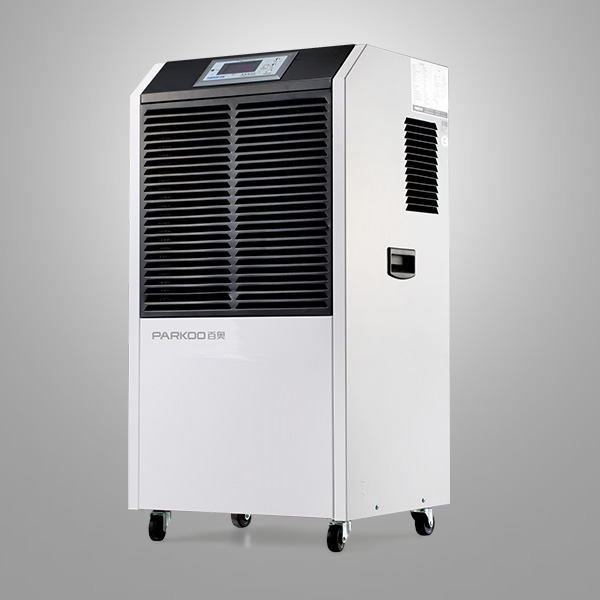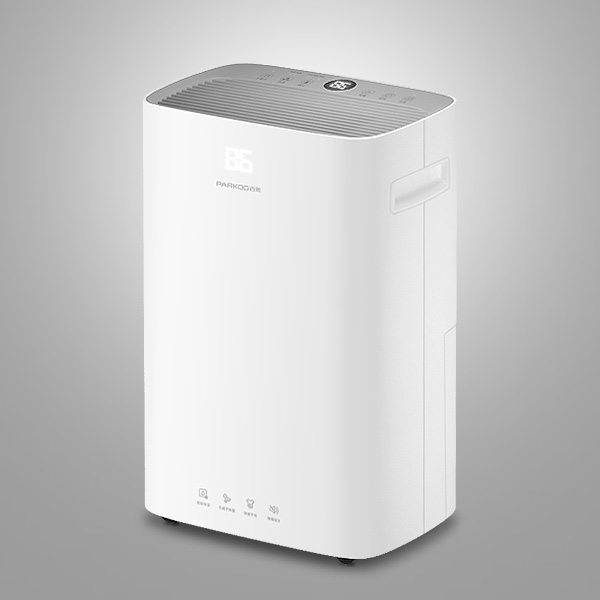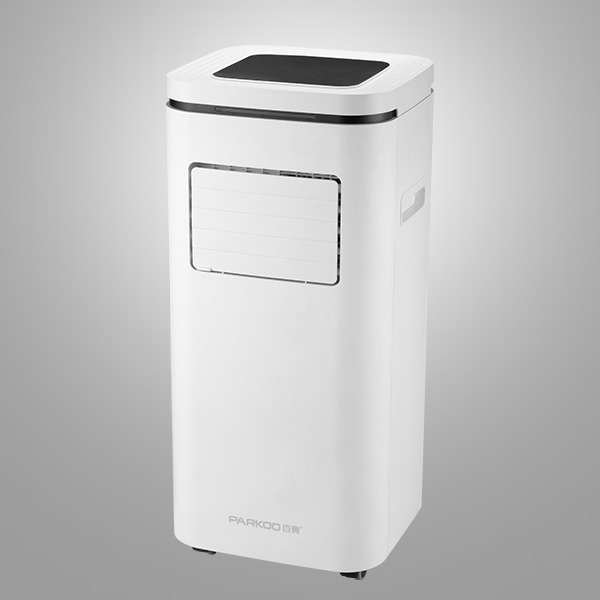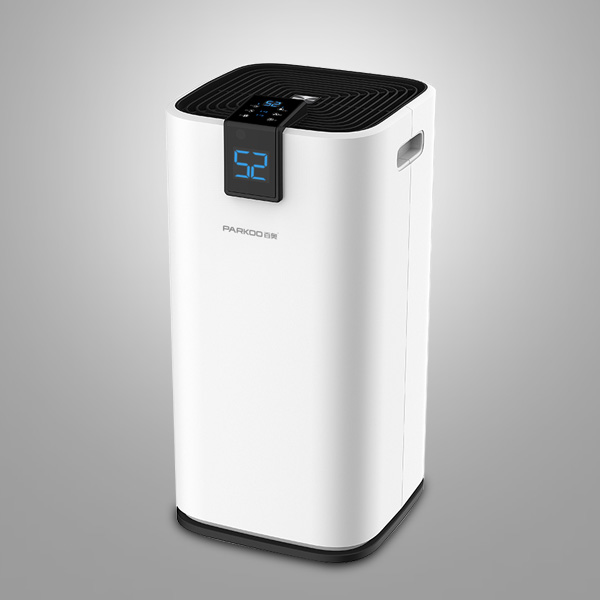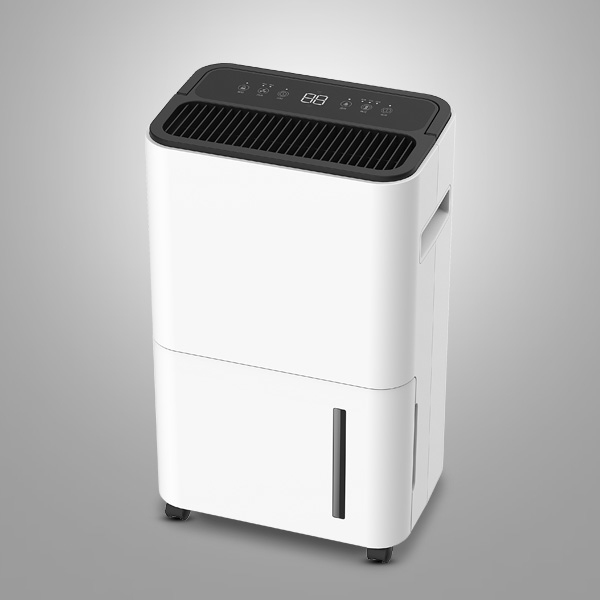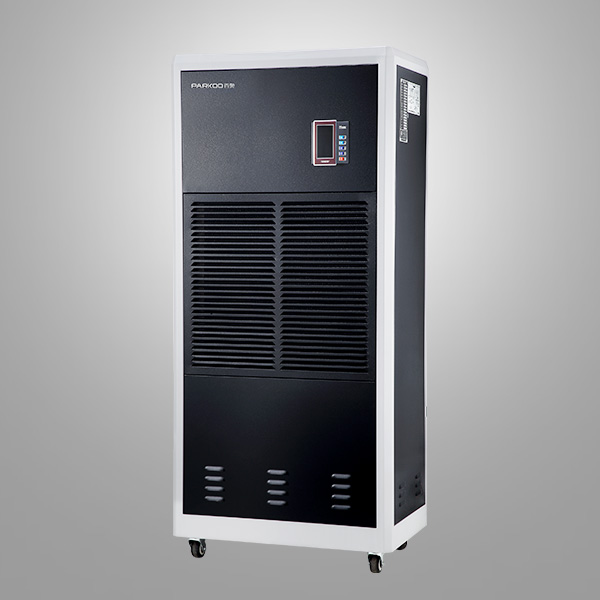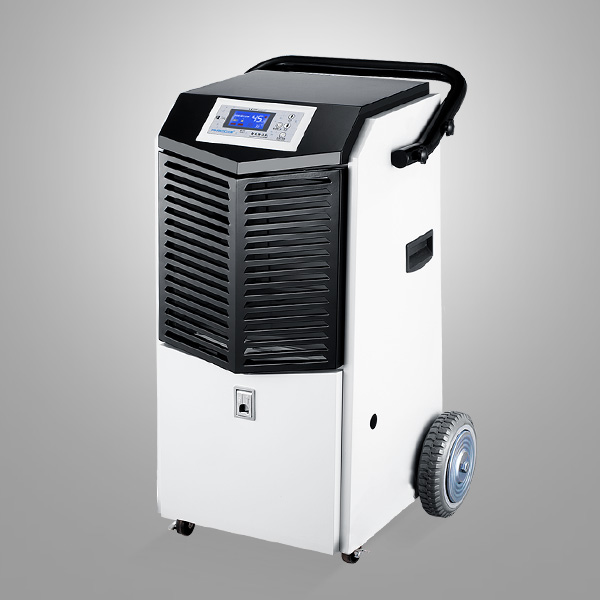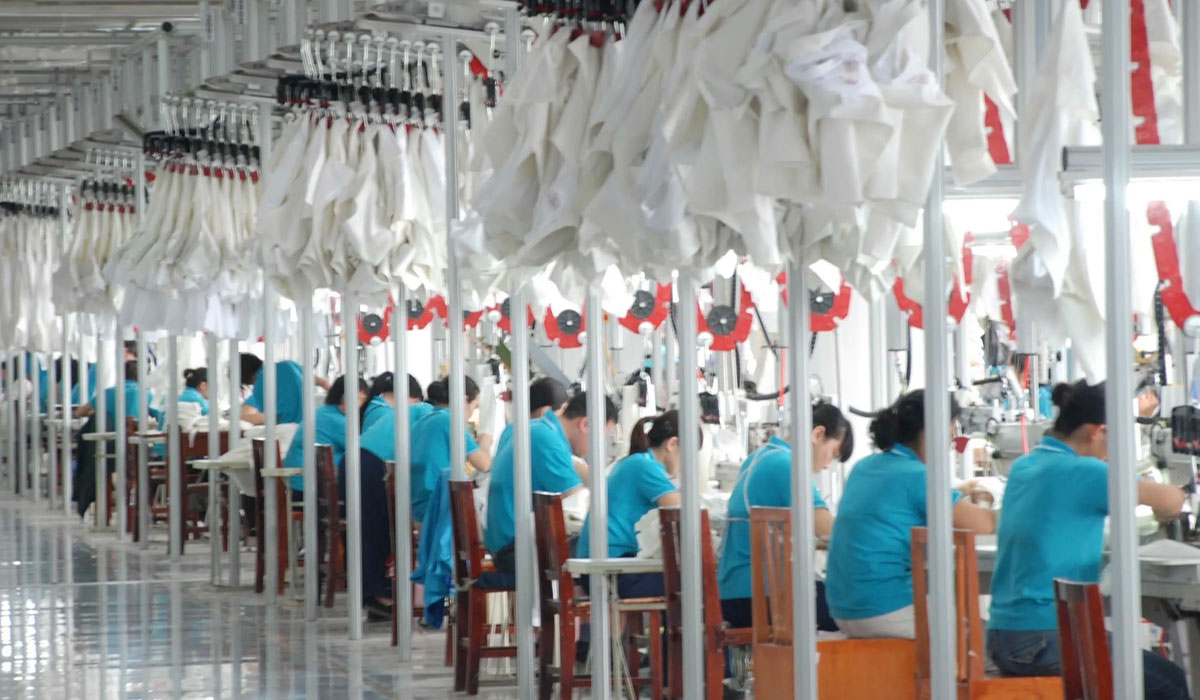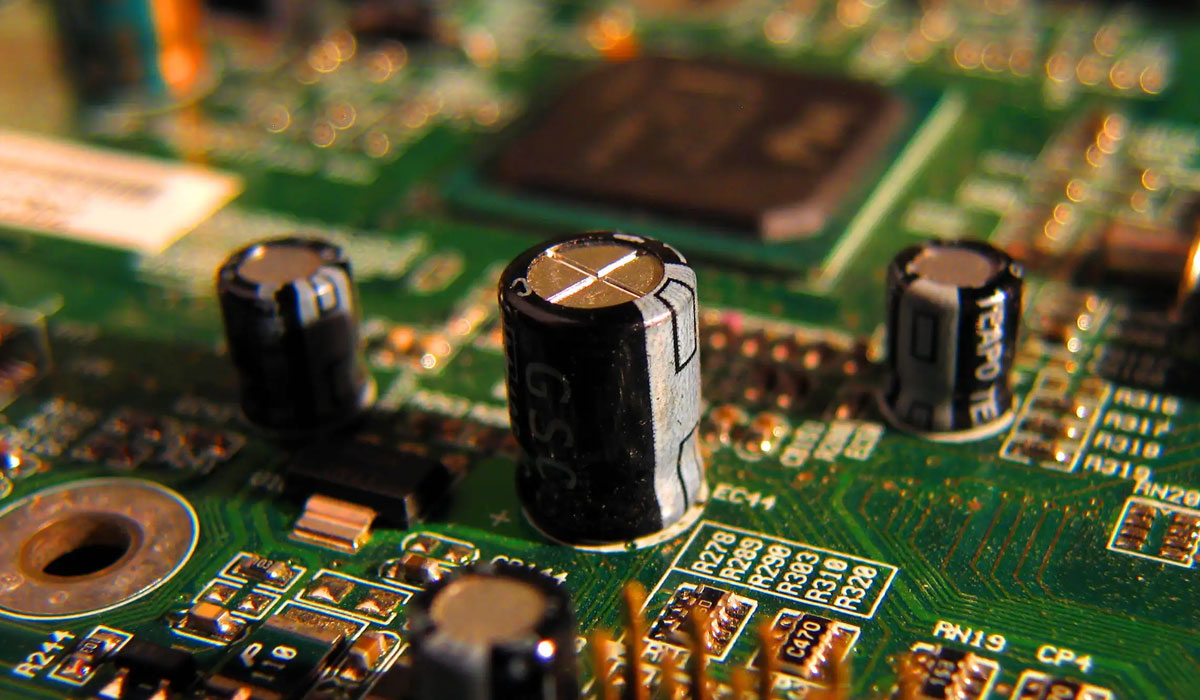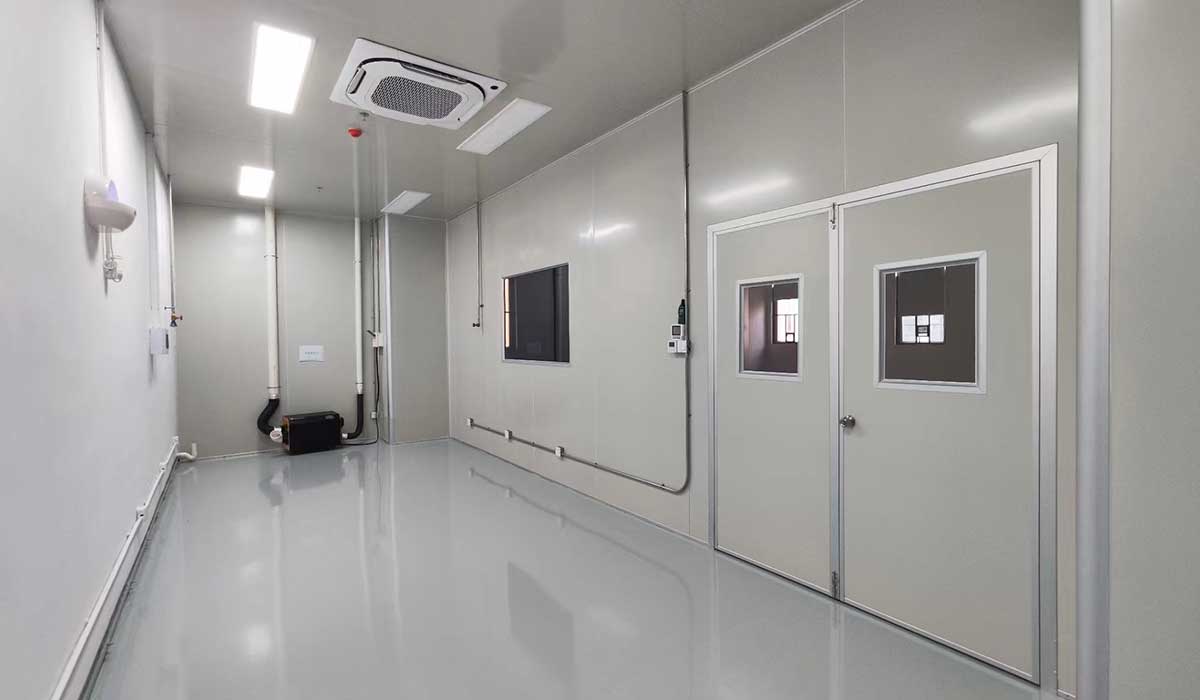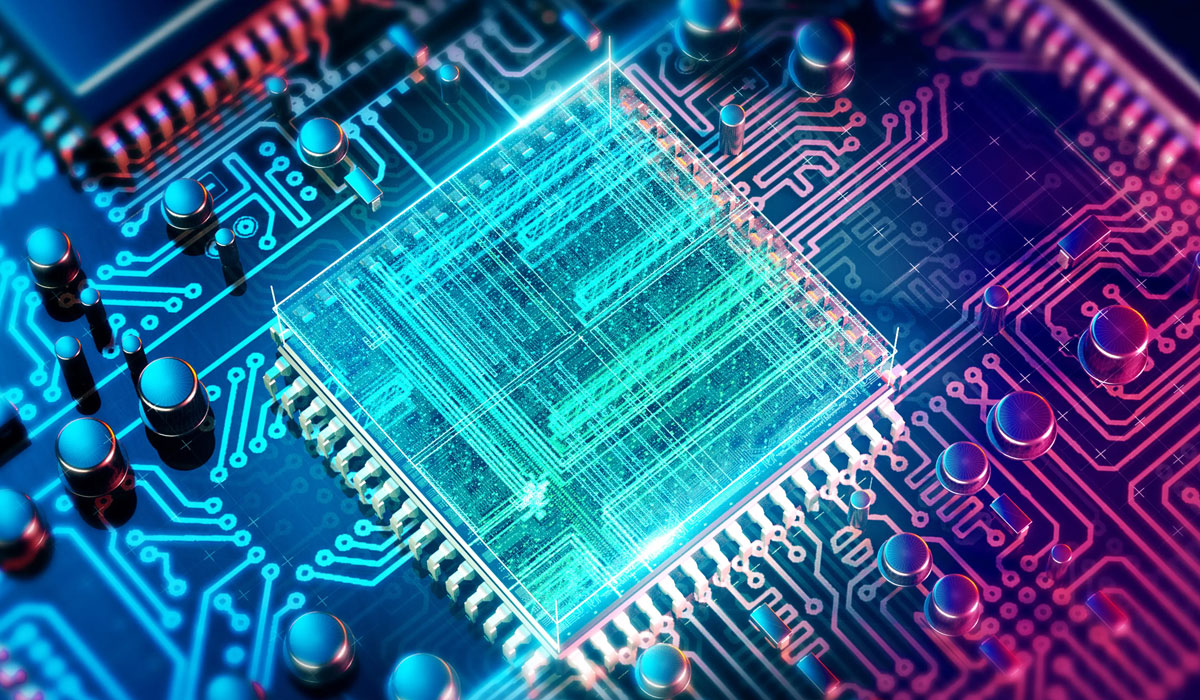It is well known that silk originated in China and is woven from silk; So, where does silk come from? Of course, it is extracted from the silkworm cocoon; When the cocoon is made into the silk of various silk products, the steps of cleaning, drying and drawing are required; Among them, the drying of cocoons is an important process in the process of cocoon processing; The fresh silkworm cocoon purchased from the silkworm farmer, because the silkworm chrysalis inside is alive, if the silkworm chrysalis inside is not dried and killed, the silkworm chrysalis will break into butterflies, and cannot be used for silk reeling, and the silkworm rearing season can only be spring, summer and autumn, while the silk reeling factory will produce it all the year round
Product introduction
There are two purposes for cocoon dehydration and dehumidification. One is to evaporate the moisture of the cocoon to facilitate storage. The other is to protect the good reelability of the cocoon layer while removing the moisture of the cocoon layer and the pupa, so as to properly denature the sericin and reasonably increase the resistance of the cocoon layer to silkworm cooking to meet the requirements of the silk suppression process. Therefore, fresh cocoons purchased from silkworm farmers need to be dried and stored for reeling! At present, most fresh cocoons are collected and dried in a centralized way by setting up cocoon stations according to the feeding amount. Most traditional cocoon producing areas such as Jiangsu and Zhejiang set up a cocoon station for 1000-3000 silkworm eggs in a single period
The product will
However, at present, the cocoon drying technology in small cocoon stations in China is basically based on experience and manual operation. The physical quantities measured in cocoon drying environment are not representative enough, the accuracy is poor, and the database has not been established. Therefore, long-term tracking analysis and the best environmental quality standard can not be found, and the intelligent control of cocoon drying environment can not be really realized There is a big gap in the requirements of large-scale production
Although there are large-scale cocoon drying machines, the large-scale cocoon drying machines currently used are made of steel, with large one-time investment and low utilization rate. The demand for coal and electricity is large, and the land occupation is large, resulting in high cocoon drying cost, low efficiency and difficulty in adapting to actual production. Therefore, at present, the direct drying method in the drying room based on experience is still adopted. It is difficult to achieve consistent cocoon drying quality, which affects reelability, purity, silk quality and raw silk grade
The product features
In view of this, the electric appliance provides a cocoon drying room with a simple structure, convenient operation, uniform drying, high drying efficiency, high drying volume, and is conducive to large-scale production of cocoon dehydration and dehumidification drying method -- Application_ G cocoon dehydration dehumidifier and PD series heating drying dehumidifier; Not only can the moisture in the drying room be quickly removed, the humidity in the drying room can be effectively controlled during the whole drying process, but also the corresponding power of electric heating can be selected to assist in temperature rise, thus greatly speeding up the drying speed, effectively improving the utilization rate of the drying room and the drying quality! You can inquire about the cocoon dehydration and dehumidification machine and cocoon dehydration and dehumidification drying method for details
Product parameters
_ Model selection of G cocoon dehydration dehumidifier and PD series heating drying dehumidifier: select the appropriate model according to the overall humidity load of the actual drying room. Specifically, calculate the refrigeration capacity according to its area, floor height, evaporation capacity of drying water, initial humidity value, target humidity value, indoor sealing effect, moisture dissipation source, fresh air supply and other comprehensive factors, Only after other key data such as dehumidification amount per unit time can the required model be correctly selected. If you want to know more about cocoon dehydration and dehumidification machines, you can find the details of cocoon dehydration and dehumidification drying methods in: Hangzhou Parkoo Electrical Equipment Co., Ltd.
In conclusion, the quality of cocoon dehydration and dehumidification directly affects the quality of raw silk and silk, and the quality of drying is closely related to the quality of cocoon drying equipment. The traditional cocoon drying methods are mostly soil stoves, which use the radiant heat of underground flue and wall flue to dry the cocoons. Its disadvantage is that the temperature of drying room is not easy to control, it is difficult to meet the requirements of cocoon drying process, and the quality of cocoon drying is poor. At present, the equipment used for drying cocoons are mainly cocoon stoves and cocoon dryers. The disadvantages of these two types of equipment are large drying capacity, high cost, large temperature difference in the stoves, and temperature is not easy to control, which is not suitable for small-scale deep processing of silkworm farmers
The drying condition of cocoons in the drying room is the key to affect the drying effect of cocoons. There are different temperature and humidity control requirements in different sections of the cocoon drying room_ G cocoon dehydration dehumidifier and PD series heating drying dehumidifier can meet the requirements of cocoon drying at different stages, achieve the most ideal cocoon drying requirements, and ensure the quality of cocoon after dehydration and dehumidification. All the above news about cocoon dehydration and dehumidification machine and cocoon dehydration and dehumidification drying method are provided by Parkoo Electric, for your reference only
